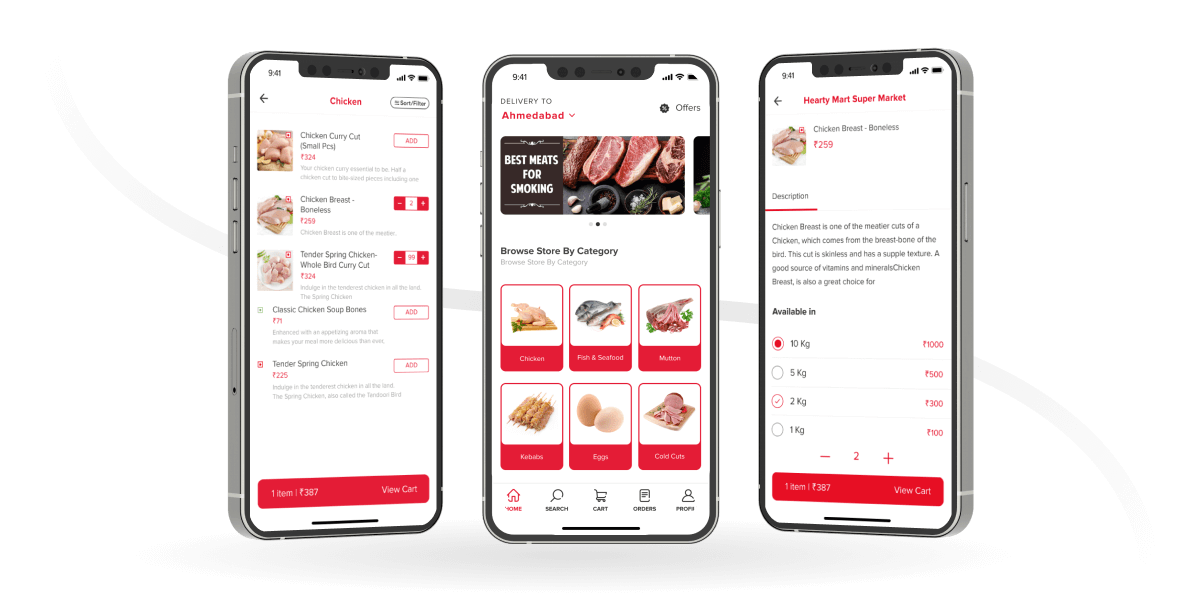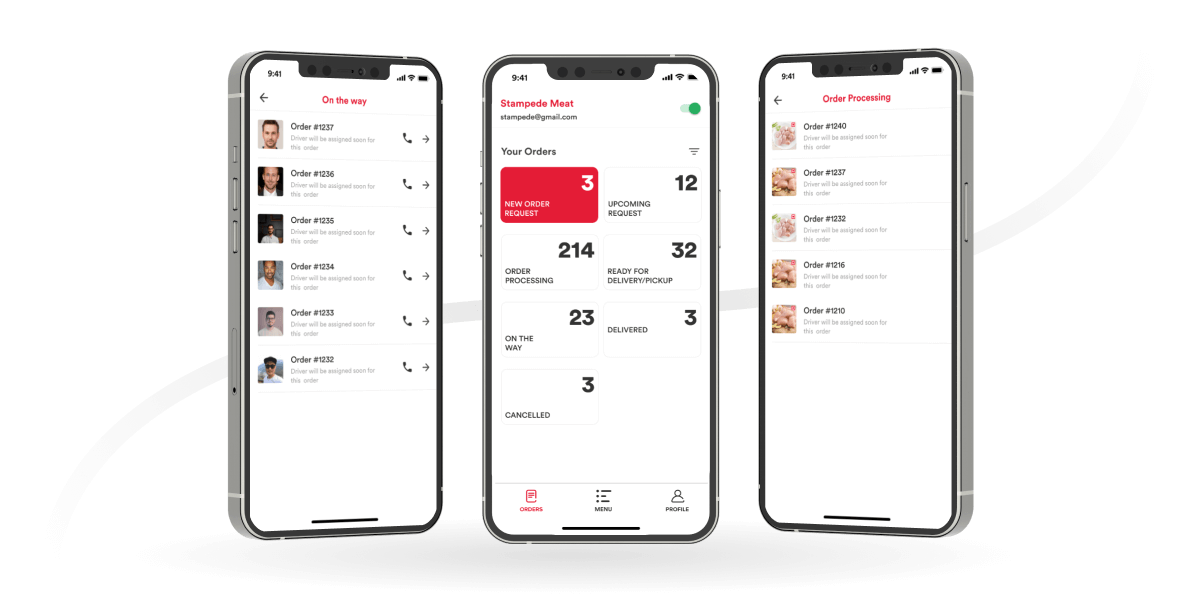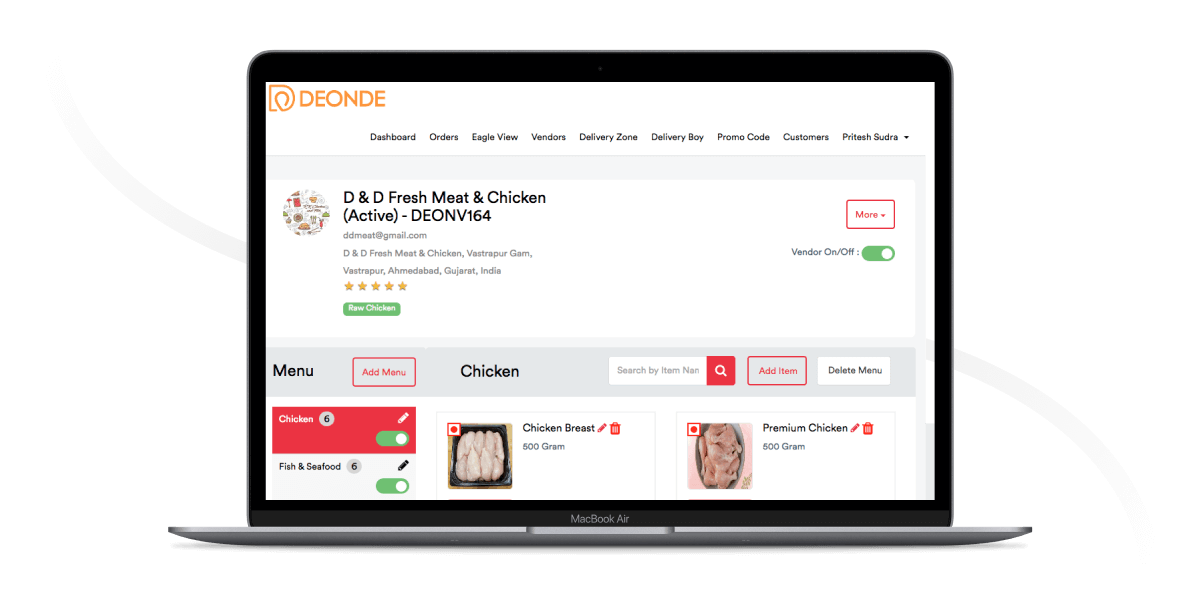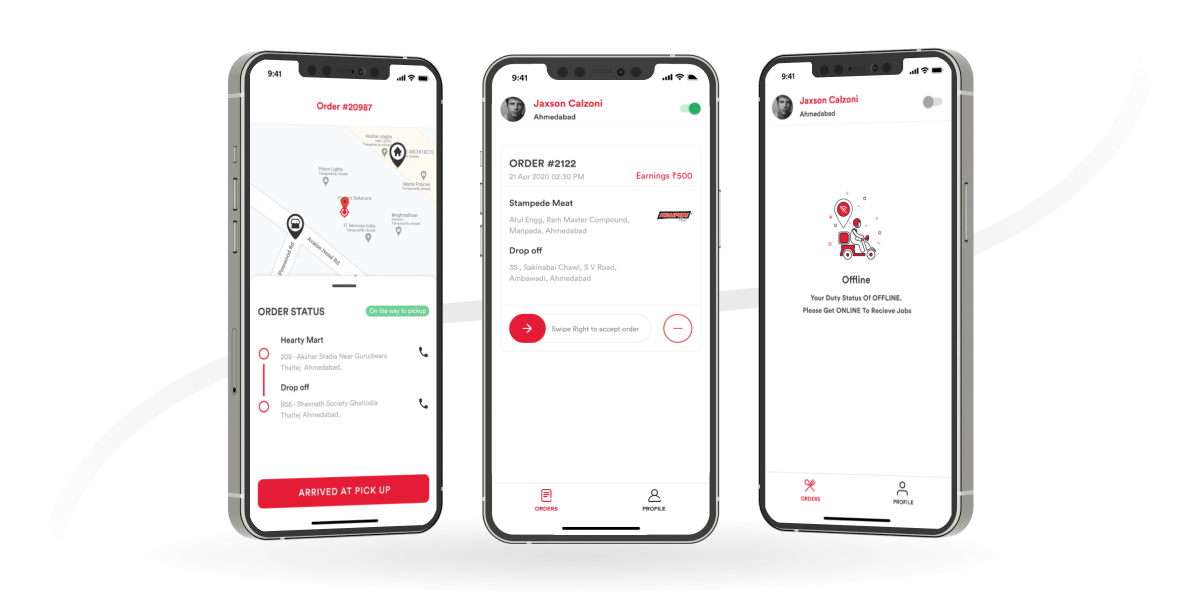Table of Contents
Everyone is trying to live in a new normal due to the corona epidemic, and ordering your favourite food is part of that new normal. With this new normal demand for food, grocery, and meat ordering app development is increased.
Throughout the lockdown period, when many firms and organizations worldwide are experiencing significant difficulties, the food and grocery distribution industry demonstrated potential expansion. Numerous entrepreneurs and business owners are interested in establishing a food delivery sector focusing on developing on-demand meat delivery app development like meat delivery app development with the required functionality.
Therefore, if you are also interested in licious clone development, do not miss this post. Let’s begin with what is a meat delivery app?
What is a meat delivery app?
Well, it’s as simple as any food delivery app. Like with a food and grocery app, you can order your favourite food and grocery in a few clicks- with meat delivery, you can order meat. Customers will browse for the desired meat variety using different filters and place an order with a simple click using the on-demand meat home delivery app.
Convenience and ease are two of the most important reasons why users prefer to buy meat with a raw meat delivery app. You are not required to visit the indigenous market or locate one of the few remaining indigenous butchers to attempt this. Everything you have to do is pick up your phone and place an order on the fresh meat online app for the meat of your choosing.
Ordering high-quality meat by online meat delivery app will quickly add up, and some choices are more affordable than others. Regardless of the alternative you chose, the meat may arrive frozen and wrapped entirely in recyclable and compostable materials.
Online Food Delivery Business Report (Source – Statista)
According to Statista’s study on online food ordering applications and the industry, the US alone would generate US$29.2 billion in sales by 2024. According to the same survey, this demand will generate US$23.9 billion in sales by 2020. The CAGR is 5.1 percent, indicating that an online food company is a profitable enterprise worth considering.
It directly represents the growth in on-demand app development such as food, grocery, meat, and fish delivery app development.
While investing in meat ordering app development, what are some of the must-have features?
When it comes to meat ordering or delivery app development, people often look for a licious app developer or call it licious Clone development.
Licious provides high-quality offerings that adhere to international nutritional requirements and has partnered with over 150 vendors. Despite the Admin panel, it has independent panels for shoppers, vendors, and distribution leaders, ensuring a smooth experience for everyone.
The set of features for the meat delivery app can be divided into four major segments.
- Customer App
- Meat store owner App
- Driver App
- Admin App
Customer app features
A Consumer Application is built to provide consumers with a rich experience when surfing and ordering their favourite food from the best restaurants in their area without encountering any difficulties with the raw meat delivery app.
- Account set-up
The first thing a user will see is account creation in the fresh meat online app. They can sign in with google or create a separate account.
- Nearby Shops
Customers will use an online meat delivery app to find the best meat-selling kitchens and Shops in their area to fulfil their hunger needs.
- Ratings & Review
Customers should rate and review the shop from where they have ordered the meat on each order they place, as any factor counts, from consistency to hygiene.
- Push Notification
Receive notifications from shops and kitchens about exclusive offers and delivery information.
- Order Tracking
Customers can get every minute imprint of the order. Tracking their delivery person details along with the opted route with him/her.
- InApp Payments
Meat ordering app development must have a payment option that allows consumers to pay conveniently from inside the application without encountering any significant difficulties.
- Social Media Login
Have the exclusive capability of logging into the licious Clone development for all of your social networking profiles.
- Coupon Management
From the convenience of coupon control, they will keep track of their expenses and savings on orders placed by them.
Meat store owner app features
In meat delivery app development, A meat store owner app will enable shop owners to approve or cancel the delivery orders. Additionally, the software assists in turning on and off-menu items based on their availability.
- Availability button on or off for delivering food
Using a single click, shop owners may control whenever they are available to accept order requests. Just like a switch performing ON and OFF.
- Manage Items
In the online meat delivery app, the owner can manage all of the things you view in your menu and their application profile.
- Manage Categories
Orders, fees, and shipping notices should also be managed in a categorized way.
- Update Order status
Individually update order status from obtained, packed, dispatched, and shipped.
- Assign Driver
Assign the appropriate driver to each order as it is placed.
Admin panel features
It would be best to have a great admin dashboard to handle the business while investing in meat delivery app development. It contributes to the simplification and management of the whole distribution chain.
- Database Backup & Restore
With a single button, create an instant backup of your files. Restore data to your computer as and when required.
- Management of Locations
Track and monitor the precise position of restaurants, clients, and the delivery location of the ordered food.
- Management of Categories
Analyze all orders according to your business’s needs, categorizing them by place, food form, and order price.
- Management of Advertising
Manage all ads for all affiliated restaurants, including for independent restaurants or dishes. Manage the brand’s ads as well.
- Registered Users Get Email Alerts
Send notifications to all approved users with a single click and inform them about new changes and policies.
- Management of Content
From your dashboard, you can manage all the material shared by restaurants and consumers. Manage Promotions Manage all of the app’s or restaurant’s promotions.
Driver app features
When it comes to Licious Clone development, A driver app has its importance too. A Driver Application is built with superior functionality and ease of use to approve or deny shop delivery requests based on availability.
- Account Set-up
A driver can set up his account with the vehicle information and contact information.
- Order list
The driver can see the customer’s order and follow up with the shop about the preparation progress.
- Route optimization
An excellent meat home delivery app will feature route optimization for the drivers, which will enable drivers to take the shortest route to reach their destination.
- Earning and Analytics
A driver must see and track his own earnings in his account and his ratings given by the customers after delivery.

Important Note: It is better to provide only essential features, as excessive features will significantly increase the expense of meat ordering app development.
Which are the top 5 meat delivery apps?
1. Licious
Licious offers various items to choose from, including chicken, beef, goat, fish, spreads that can be used to prepare products, vegetables, beef, and more. They swear to produce bountiful output from the first batch after passing 150 standard inspections. You save time and resources from not having to go to the butcher. Businesses are looking for a licious app developer after its success.
2. FreshToHome
Fresh to home is an app-based marketplace that delivers raw seafood and meat. It sells poultry, mutton produced naturally, duck, among other meats. The business says its marinades have no preservatives and sells ready-to-cook ingredients.
3. Meatigo
It offers a diverse selection of meats for all tastes and uses a strict cold chain management system to ensure the consistency and freshness of each food from supply to the consumer’s doorstep.
4. Mastaan
Mastaan grew out of two friends’ Sunday morning tradition of purchasing fish from the Kukatpally fish market. They recognized that many people in Hyderabad and most cities across India struggle to obtain high-quality raw meat, mutton, and fish.
5. Meat Delivery
Meat Delivery app is a modern online marketplace that provides door-to-door delivery (Home Delivery) of CHICKEN, MUTTON, EGGS, FISH, COLD CUTS, and EXOTIC NON-VEG products.
What is the cost of a meat delivery app development like licious?
It is the most important thing when you think from the point of view of the business. So, the cost of Meat ordering app development depends upon the requirements and features. Generally, it ranges from 15000$ to 50000$ when you hire an excellent meat delivery app development agency.
Summary
So, in this article, you have got all the information about what is a meat delivery app, how it works, and the features to have while in licious clone development.
Connect with iCoderz at [email protected] today and create a one-of-a-kind personalized meat ordering app development or fish delivery app development. A readymade web ordering app designed specifically for meat distribution, single meat delivery shops, marketplaces/supermarkets, and grocery chain stores to increase the exposure of their offerings and brand identity to a more extensive range of customers online.










